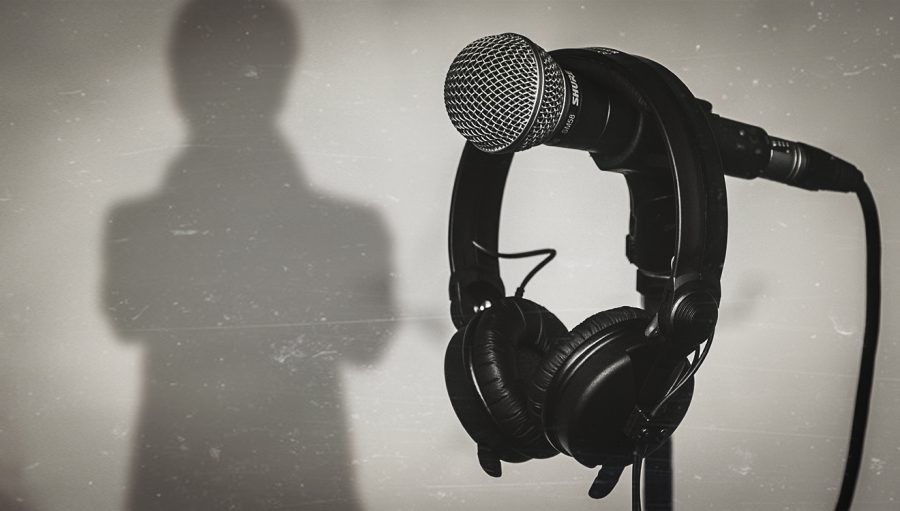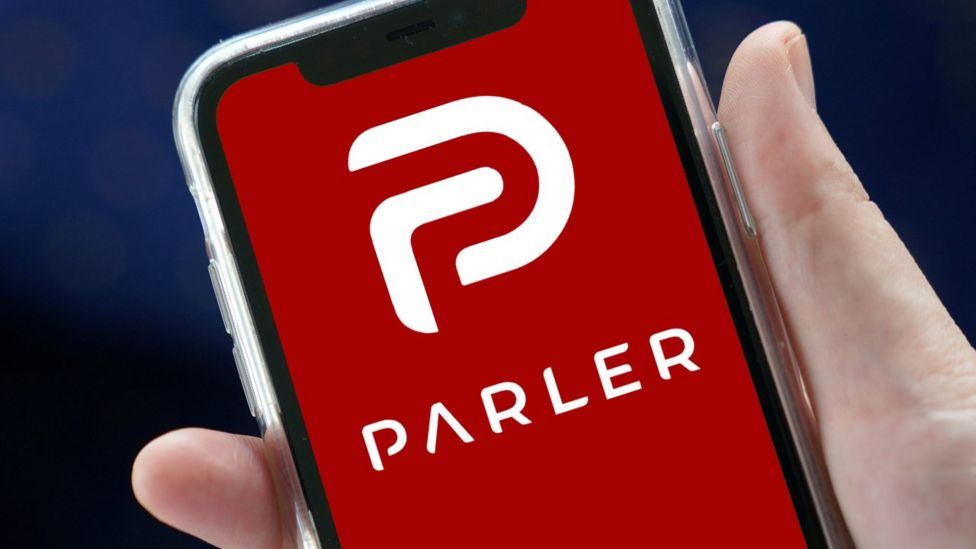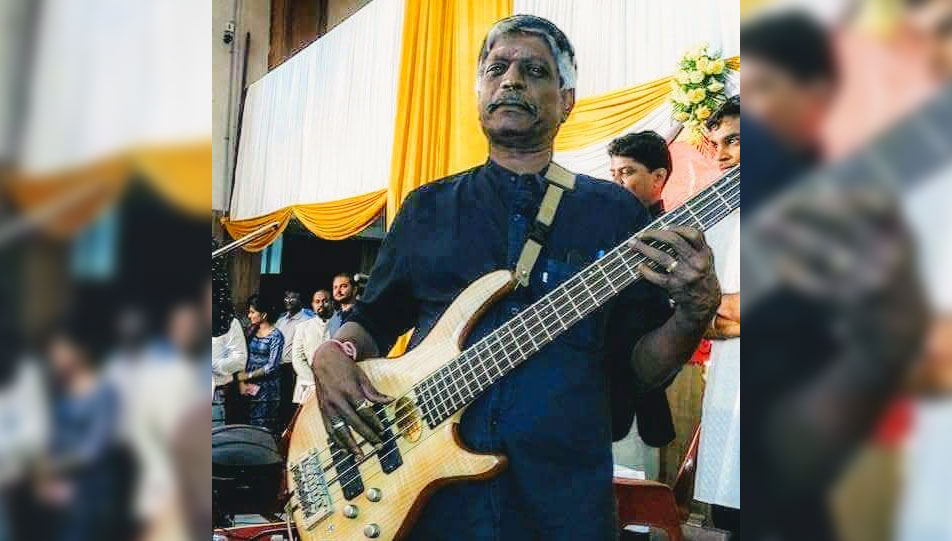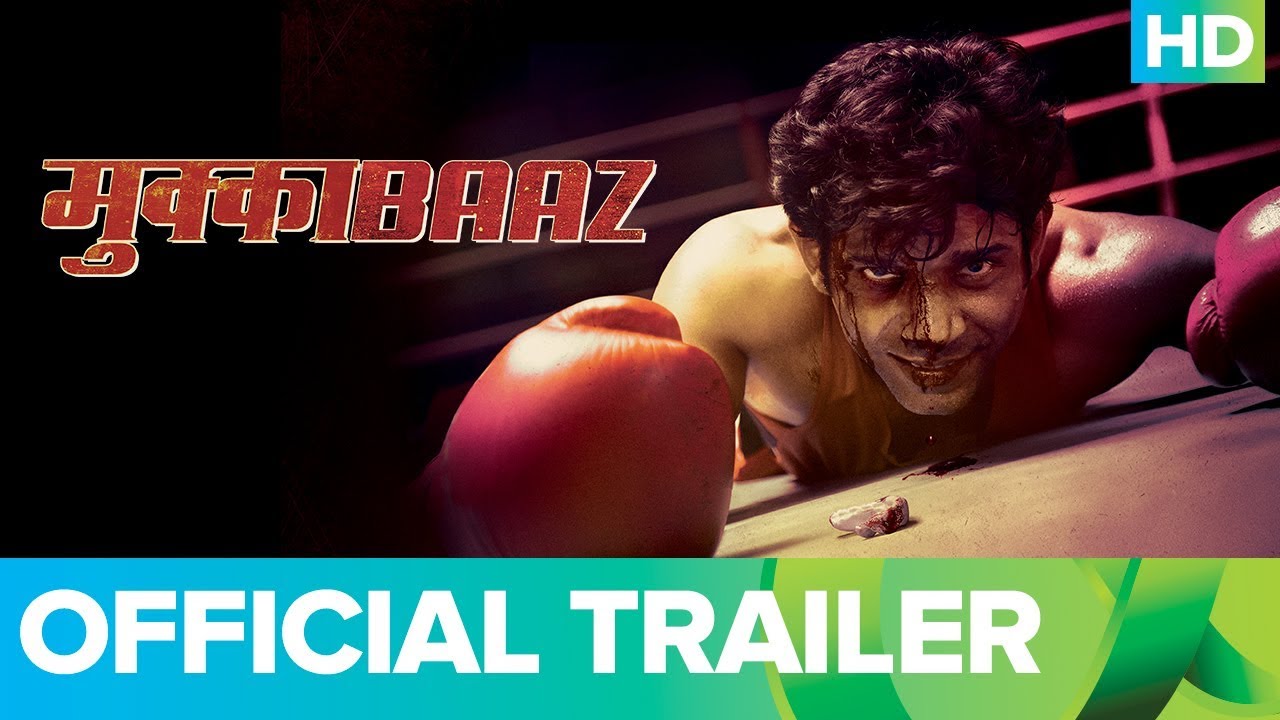On the day of her wedding in 2020, dubbing artist Sonal Kaushal spent several hours cooped up in a cupboard in her home in New Delhi to record for a project. “I had to squat inside my cupboard and record for a Netflix project,” said Kaushal, who has voiced characters like Arya Stark from Game Of Thrones, Doraemon, and Bubbles from Powerpuff Girls, to name a few.
Kaushal is among the hundreds of dubbing artists across the country who have switched to “remote dubbing” during the Covid-19 pandemic.
“When the lockdown was at its peak and going to the recording studio was out of the question, I used to sit inside my cupboard and record. I used pillows for sound proofing. There was very little space inside. I had to squat in a frog-like position and was completely drenched in sweat. You can’t even switch on the air conditioner or the fan as that would pick up the vibrations on the walls,” Kaushal said.
Dubbing artists explore “remote dubbing”
Once the lockdown restrictions were eased, she relocated to Mumbai with her husband, who helped set up a studio at home, “inside a better and bigger cupboard in which I can now sit on a chair”, she said.

Her “home recording studio”, said Kaushal, is a walk-in booth equipped with noise-cancelling cushions, a table with the recording gear, and a chair that Kaushal said fits her “perfectly without having to slouch or squat anymore”.
Kaushal documented a video on her YouTube channel, The Motor Mouth that shows how her home recording studio was created.
Deepa Venkat, who dubbed for Nayanthara in the Tamil film Mookuthi Amman that released on Disney+Hotstar in 2020 and the Tamil version of Amazon Prime Video’s Breathe, however, couldn’t set up a remote working environment at her home due to its size, she said.
“In case I have to record something, I try find a way to do it inside the house. The sound engineers give me some tips,” she said, adding that at times, she would record in a locked car for small assignments. She, however, has decided not to work on films or any major projects during the pandemic.
“These techniques only worked for making corrections to a previously recorded audio, or while dubbing for advertisements, and not for any major film projects,” said the voice artist who has dubbed for several of Nayanthara’s films and has also acted in supporting roles in Tamil films like Pasamalargal and Ramachandra. She bought a pop-filter, used to block noise, and a pair of headphones to work from home.
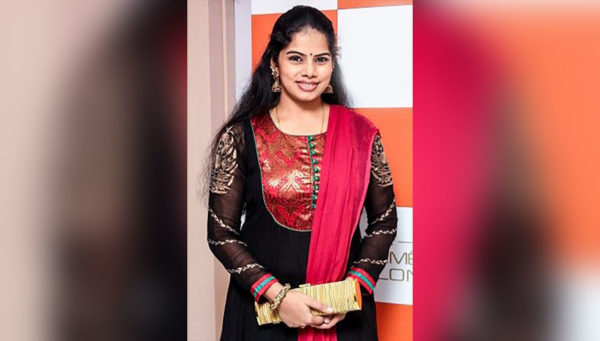
Voice-over artist Sanket Mhatre’s Instagram profile suggests that his “pillow fort” came in handy while working from home.
New Delhi-based Shaily Dubey Rao, who works with international streaming platforms from home and has dubbed for Netflix’s The Witcher, however, believes that the pandemic has made her self-reliant.
“We had to download the sessions that were shared and sync them with our voice on our device. So, I have now learnt stuff that usually only engineers know,” she said. “Prior to the pandemic, I would just go and dub for my part but now, I have to remain mindful of even drinking tea before recording,” she said.
Dubey Rao said there are two key requirements for “remote dubbing”- a microphone and a strong internet connection. In cases where both were available to her, she could record with the help of a sound engineer. However, they faced hurdles every now and then, she said.
“The main task initially was to buy a mic during the pandemic, when even groceries were not being delivered. Some production houses lent microphones. Once we got the mic, it was tough to get a proper signal or a standard uploading and downloading power when the entire country was surviving on the internet,” she said.
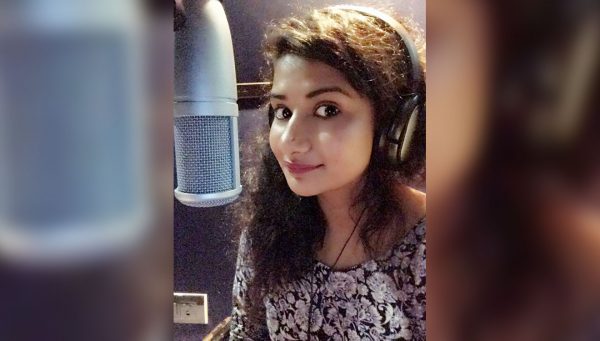
“And at that time, we weren’t getting paid from anywhere and I had to invest in something at a time when I was unsure of both work and remuneration,” she said, adding that she resorted to similar techniques of stuffing potential noise inlets with whatever was available around her.
Several times, she had to redo entire segments because there were external sounds after she was done with the recording.
“I had to re-do it,” said the artist, who recently voiced for the Bengali web series Black Diamond on Hoichoi. “Although this was challenging, I was sure that now at least, my work won’t be on hold for any reason. Earlier, I had to travel from one part of the city to another just for one minor correction. But now, it has become feasible. And even if I am home or I am travelling, I know that I can create a set-up or do it from home.”
View this post on Instagram
While films were stalled and productions halted, the media and entertainment industry fared better than other industries in the past few months. Content localisation witnessed a parallel growth with the OTT boom, along with the access services like dubbing, subtitling, translations and audio descriptions.
Some popular international shows dubbed into Indian languages include Sex Education, Game of Thrones, The Witcher, Korean and Spanish dramas.
OTT boom and demand for content localisation
A report by the Federation of Indian Chambers of Commerce and Industry suggests that the media and entertainment industry will grow at the rate of 22% to reach Rs 425 billion by 2023. The lockdown created a steep demand for smartphones, television sets, and paid subscriptions for streaming platforms.
As Mhatre, who has extensively worked with platforms like Netflix, Amazon Prime Video, Disney+, MX Player, puts it, “There’s been a drastic change in terms of availability of good work and content now, especially on OTT platforms. One of the major things that OTT platforms got or made accessible, was international shows in your local language.”
Statistically, the demand for both international and domestic content in tier II and III cities remains high. According to a 2019 YouGov survey, although India prefers to have foreign or regional content translated in English (71%), followed by Hindi (23%), South India has the highest preference for subtitles, while North and the East India favour dubbed content.
Although a small percentage of people want translations in their mother tongue, the probability of consuming content in one’s native language seems to be high, with around eight in 10 preferring to watch foreign (82%) or regional content (78%) if it was made available in their mother tongue, the survey adds.
Content is thus, dubbed or translated based on its popularity.
So, while Sex Education is available in both English and Hindi dubbed versions, Narcos comes with subtitles in English and Hindi. On the other hand, Spanish series Money Heist is dubbed in English, Hindi, Tamil, and Telugu.
Deepa said that digital platforms have provided space for new voices since they do not come under the purview of the South India Cine, Television Artistes and Dubbing Artistes Union (SICTADAU). Anybody who dubs for a television serial or a film is required to be a member of the SICTADAU, which requires them to buy an expensive membership card, she explained. The union charges its members a certain amount based on the work they get, despite not mediating or distributing projects to its members.
However, a dubbing artist need not be registered with the SICTADAU to work on OTT platforms. OTT platforms like Netflix have started crediting the dubbing artists of all the languages that the project has been dubbed in the end credits.
Calling the act of giving credits a “basic courtesy”, Mhatre said, “That is a big plus for the Indian industry at least because whenever we are dubbing for films and animated or TV shows, the end credits are not changed. With the OTT platforms giving us credits, it helps us in creating our own resume of work that we can share with studios and production houses.”
“Prior to OTTs, work would primarily revolve around films, from English to Hindi, or South Indian to Hindi, but not as many shows. In case of shows, generally, the original actors voicing in the language, continued to voice for the show as well. So, voice actors will not be generally employed unless, it was a foreign language to a Hindi show, which did not happen as much as it is happening now. Non OTT things like Discovery would still happen but even they have come to be focused on OTT platforms like Discovery+ and others. So, even these have brought in a lot more work for the artists because a lot more shows are being experimented on, being dubbed into other Indian languages as well,” he said.
Not a bed of roses
Even for OTT projects, Kaushal said she has to travel to studios since privacy policies do not permit sharing content. Animation projects are a respite for her as she can work from home.
Nimisha Harshan, the voice of the titular character from Arya’s recent Tamil release Teddy, said that while she adopted remote dubbing and did not face any problems. For Teddy, she dubbed in half-day schedules, through 2019 to 2021, until the film’s release on Disney+ Hotstar.
“I did the recording in parts because of the pandemic, since the film was halted in between. We were sad that it did not release in theatres but the OTT release gives way for kids to enjoy the film. I got more recognition than expected. 90’s kids too liked my work,” Nimisha said.
However, the crowd artists- those who are required to collectively record in one room to be able to record external sounds- were the worst hit during the pandemic. Unions like Film Employees Federation of South India and SICTADAU helped them with financial aid, medical help, and distributing food coupons, said Nimisha and Deepa.
“Crowd artists cannot create dubbing studios at home since there are many of them and they face problems with employment opportunities. These artists, who have to dub together at a time in one room, cannot maintain social distancing in an air-conditioned room. They will be using the same mic or headphones. Though studios are very careful and sanitise, it is still a problem for them. They will have very few job opportunities and sometimes they don’t have any,” said Nimisha.
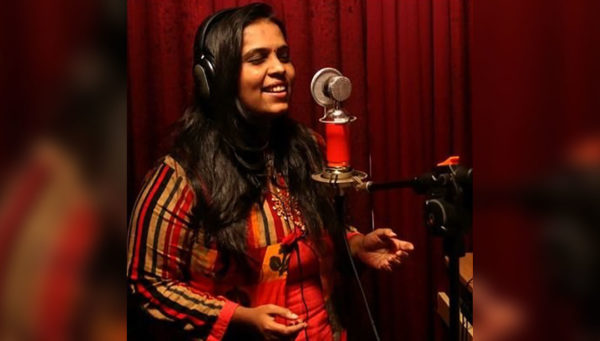
Nimisha, also a sound engineer, is currently working from home and quarantining in Kerala after several voice-over artists tested positive for Covid-19 some time back.
“There have been times when I did a few projects that had artists changed. There were no voice suggestions. Whoever could manage the technology and have it, did the dubbing, since the telecast must continue. A few of them got Covid-19 and had to be in quarantine. We cannot ascertain if they contracted the virus in the studio, but many of us were quarantined and studios were sanitised. A few dubbing artists have died too. But many had to work because they had to sustain a living. A few people could make a setup at home, a few had to go to the studio and others did not have any work opportunities,” she said.
While Deepa agrees that OTTs have introduced a plethora of content and space for the artists, she points out that budget-slashing, in the name of a film’s direct-to-OTT release, the pandemic and an uncertain market are causes for concern. This is an unusual sight in case of films that release in theatres, according to her.
“No movie is accepted without a bargain before you sign up up for it. Now, however, the rates are also slashed because they say that it’s not going to theatres, and will only be released on an OTT platform. So, you put in the same effort but you get paid less,” she said.
However, the Covid-19 pandemic isn’t the only worry, said dubbing artists.
“Financially, the Indian dubbing industry is not at a good point because we are not paid very well, unlike in countries like US and Japan. The big actors are maybe paid in lakhs and crores for dubbing for a character, but for the same job, done probably in a better way, the dubbing artists are paid in thousands. And if someone demands a little more, they are always replaced. That feels like humiliation. I am replaced for quoting an amount that I feel I deserve,” Kaushal said.
Mhatre, the voice of superheroes like Shazam!, Deadpool, Ben 10, and almost all male South Indian film stars like Mahesh Babu and Allu Arjun, said, “It hardly matters how experienced you are. You will have to audition anyway and you might as well lose a project to someone who is just a week old into the industry. It’s all about which voice fits the best.”
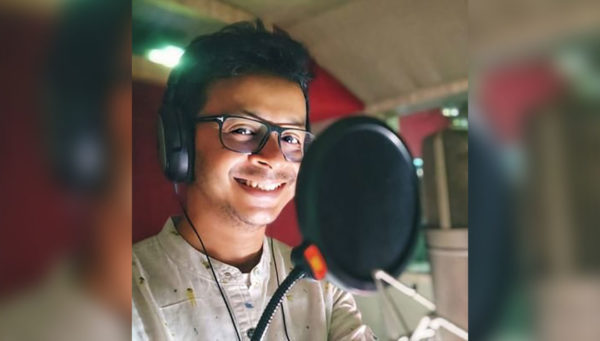
The virtual space has also sparked debates and dialogues around the issue of the replacement of artists by established actors in the name of brand value. Mhatre voiced for Vijay in Master and Vishal in Chakra The Rakshak and has almost 52,000 followers on Instagram. According to him, his watershed moment came with Deadpool 2 in 2018.
Having lent his voice to almost all the superhero characters, he had also voiced for the 2016 prequel, Deadpool, for the lead role played by Ryan Reynolds. In 2018, however, it was announced that Hindi actor Ranveer Singh will voice for the lead in the sequel’s Hindi version. Twitter exploded with memes on Singh post his promotional posts during the trailer release, urging the makers to bring back Mhatre.
“People took to social media to voice their displeasure against that decision. That led to a lot more people being curious about what was the voice that I had given and who replaced me and then got onto social media and vehemently voiced their opinion on it. This kind of took off and people realised that this has happened to other voice artists as well and went on to become a sort of social movement which made people research into who’s given what voice in other projects,” Mhatre said.
sorry @RanveerOfficial you are an awesome actor but not a good dubbing artist…bring back previous one.. #Deadpool2Hindi
— Shashank Pratap Singh (@snkpratap) May 7, 2018
Sanket mhatre's voice for Deadpool was much better than Ranveer…..😒
We don't like Ranveer's voice for #DP change as fast as you can😞😞😞 it's ridiculous…even Bhojpuri dubbed is much better then this— Abhishek Tripathi🇮🇳 (@gogo_inshort) May 8, 2018
Although big names continue to be hired for voicing, social media has created traction and fanbase for the artists to have independent platforms acknowledging their work, like The India Voice Fest, and Cos Con, to name a few. The former is solely dedicated to discussing and felicitating Indian dubbing artists.
“Social media has given our work a face to be recognised, something of primary importance,” said Dubey Rao.
“A lot of times, it so happens that the client does not want us to display our work on social media. We are made to sign a contract that prevents us from disclosing that we have voiced for a particular character, sometimes, even after the project is released,” Kaushal revealed.
Sharing her experience with a gaming platform for which she had dubbed, she said that while neither the studio nor the platform (the client) had any qualms with Kaushal uploading a piece of her work on social media, the production house asked her to take down the video.
“They made me pull down the video saying that they will fire the employees who were present while I was recording and who did not prevent me from doing it,” she said.
Thus, even with work booming, dubbing artists continue to remain silent heroes owing to their intangible contribution to the entertainment industry, they said.
Recognition through social media
Terming the boom in OTT content as a recent phenomenon, dubbing artists said social media has always been the major accelerator of their recognition.
According to Kaushal, the “fan-following” of certain content that leads to people recognising dubbing artists. “We are also artists and part of the entertainment industry,” she said.
Social media has established a reciprocal relationship, where the artists display their work to the world, and the admirers come up with fan pages, and Wikipedia articles, a normative validation to an artist’s work.
Recommended
Apart from just thousands of followers on Instagram and Facebook, some dubbing artists run their own YouTube channels as well. Kaushal’s stint with social media began in 2013 with her Facebook page ‘Voice of Doraemon’, that was started at the request of her fans. She garnered 10,000 followers in the first month itself, and currently has around 2,50,000 followers. Her Instagram following currently stands at 3,14,000 while her YouTube channel has over a million subscribers.
Moreover, as a dissenting space, social media “gives feedback to the companies and studios, which they did not get earlier, thereby, making it difficult to cast for money,” says Mhatre.
Despite scanty recognition and hardly any promotion of their work, the status quo does not look as grim. While the artists believe that there is still a long way to go, the digital space boom coupled with the demand for content localisation, is the first step, they said.
(With inputs from Anusha Sundar)
